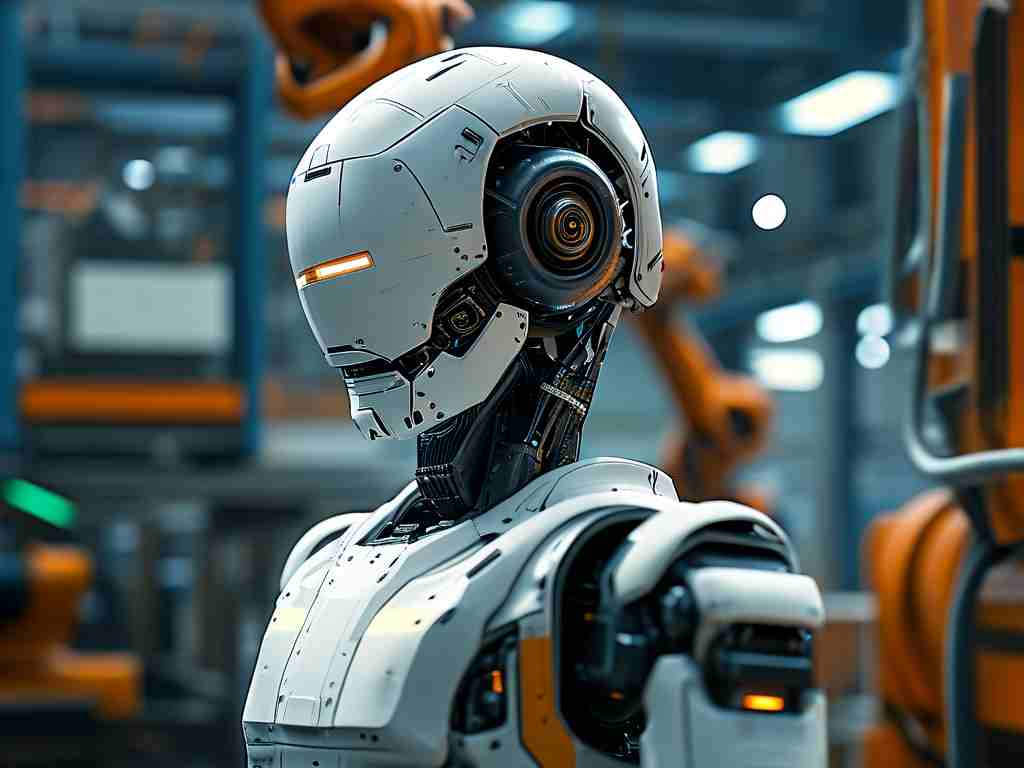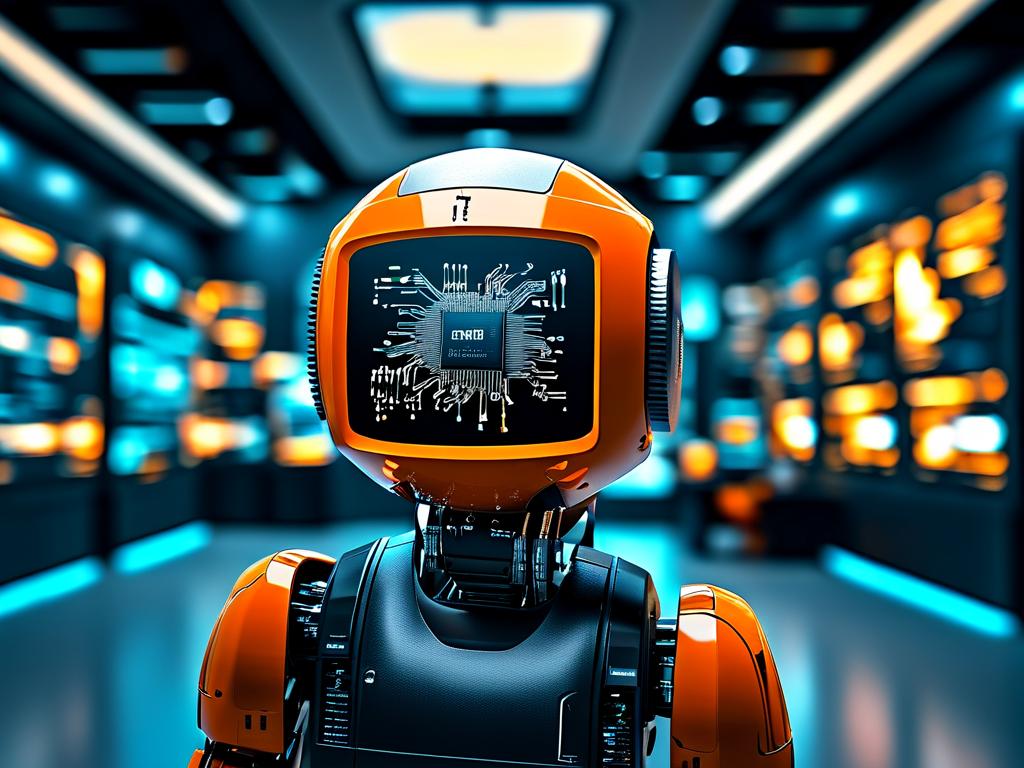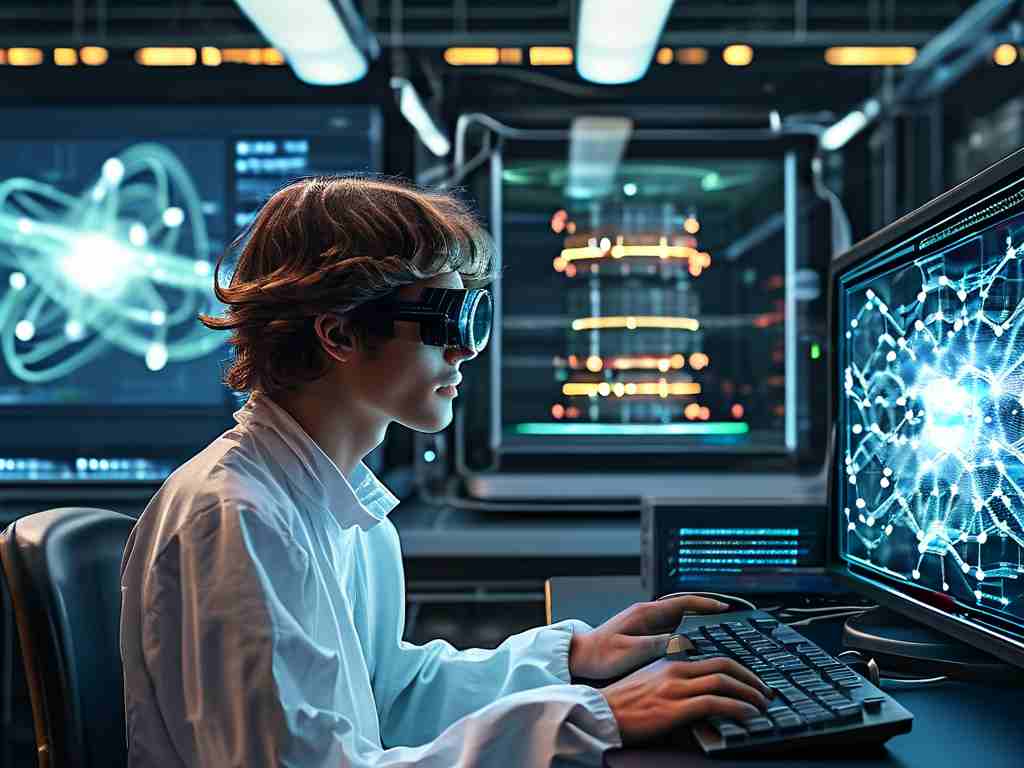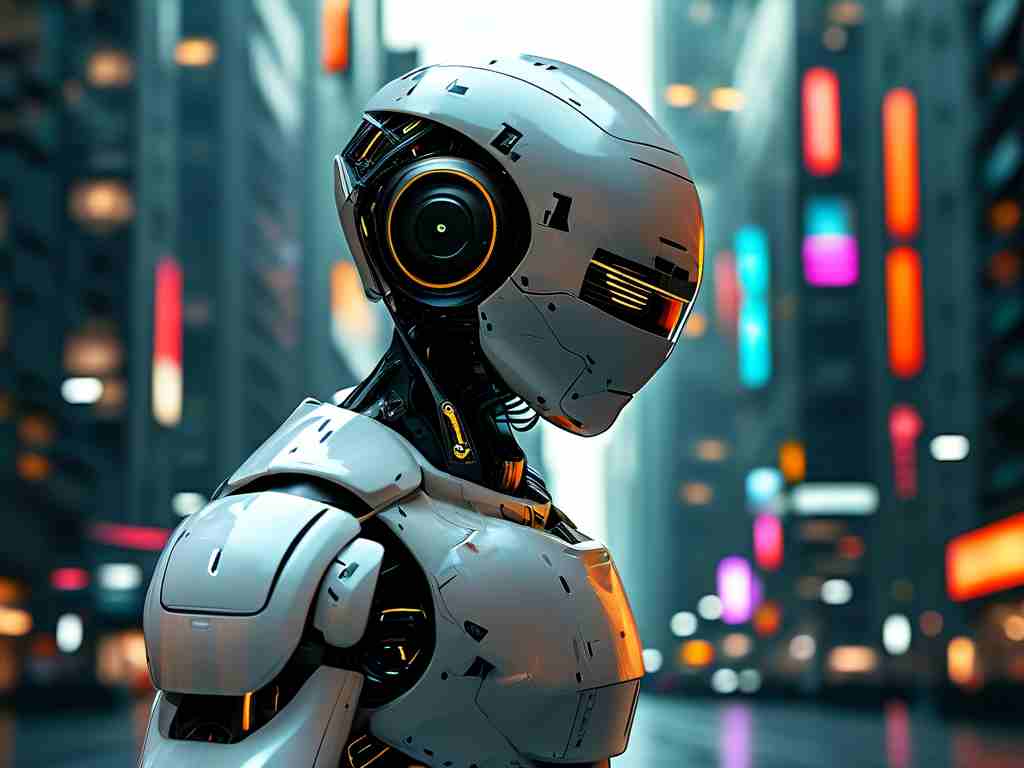The year 2009 marked a significant turning point in robotics technology, blending groundbreaking advancements with real-world applications that reshaped industries. While artificial intelligence and automation had been evolving for decades, this particular year witnessed unique breakthroughs that laid the foundation for modern robotic systems. From industrial automation to experimental humanoid designs, the developments of 2009 continue to influence today's technological landscape.

One of the most notable achievements in 2009 was the refinement of collaborative robots (cobots) designed to work alongside humans. Companies like KUKA and Universal Robots introduced early versions of adaptive robotic arms with enhanced safety protocols. These machines featured force-limited joints and vision-based obstacle detection, allowing them to operate in shared workspaces without protective cages. Automotive manufacturers quickly adopted these systems, with BMW reporting a 23% efficiency boost in assembly lines after implementation. This shift not only improved productivity but also sparked discussions about human-robot coexistence in workplaces.
The medical field saw equally transformative applications. Intuitive Surgical's da Vinci Surgical System, first approved in 2000, reached critical adoption milestones in 2009. Over 1,500 prostatectomies were performed monthly using this robotic platform, demonstrating a 45% reduction in patient recovery time compared to traditional methods. Meanwhile, researchers at MIT unveiled a swallowable robotic capsule capable of performing targeted drug delivery, a precursor to today's smart pill technologies. These medical innovations highlighted robotics' potential to enhance precision while minimizing invasive procedures.
Humanoid robotics took dramatic strides through projects like Boston Dynamics' PETMAN prototype. Unlike earlier bipedal robots that required stabilizers, this 2009 iteration used dynamic balance algorithms to mimic human gait patterns, including heel-to-toe movements and upper body coordination. While primarily developed for military testing of protective gear, PETMAN's breakthroughs in fluid motion control influenced subsequent civilian robotics projects. Honda's ASIMO, already a decade into development, incorporated similar adaptive walking technologies this year, enabling it to navigate uneven surfaces at 3 mph—a 40% speed improvement over prior models.
Autonomous systems reached new heights with the of the DARPA Urban Challenge. Though the competition officially ended in 2007, its technological ripple effects became evident by 2009 as participants like Carnegie Mellon's Tartan Racing Team commercialized their navigation algorithms. These advancements powered early prototypes of self-driving vehicles, with Google secretly initiating its autonomous car project this same year using modified Toyota Priuses equipped with Velodyne LIDAR arrays. Urban Challenge-derived object classification systems enabled these vehicles to recognize traffic signals and pedestrians with 82% accuracy—a benchmark that set the stage for modern autonomous driving standards.
Consumer robotics flourished through unexpected avenues. iRobot's Roomba 500 series, released in late 2008, achieved mainstream success in 2009 with over 1.2 million units sold. This surge validated the home robotics market, prompting competitors to develop specialized variants for tasks like gutter cleaning and pool maintenance. Simultaneously, LEGO's Mindstorms NXT 2.0 platform brought programmable robotics to educational settings, with 74% of U.S. high schools incorporating these kits into STEM curricula by year's end. This democratization of robotics education cultivated a new generation of engineers and enthusiasts.
Behind these visible achievements lay crucial developments in supporting technologies. The Robot Operating System (ROS) reached version 1.0 in 2009, providing an open-source framework that accelerated software development. Energy storage innovations yielded lithium-polymer batteries with 30% greater density, extending operational durations for mobile robots. Microsoft's release of Robotics Developer Studio 2008 R3 brought simulation tools to mainstream developers, reducing prototype testing costs by an estimated 60%.
However, 2009 also exposed critical challenges. The global financial crisis constrained R&D budgets, causing 18% of robotics startups to delay product launches. Technical limitations persisted in areas like tactile feedback and energy efficiency—a typical humanoid robot consumed 20 times more power per kilogram than biological equivalents. Ethical debates intensified following a Swiss factory incident where a modified industrial robot breached safety protocols, reigniting concerns about autonomous system accountability.
The legacy of 2009's robotics revolution persists in contemporary technologies. Modern collaborative robots still utilize safety architectures standardized during this period, while surgical robots build upon the da Vinci System's triangulation techniques. As we navigate the AI-driven landscape of the 2020s, understanding these 2009 milestones provides crucial context for appreciating both the potential and limitations of intelligent machines. The year demonstrated that true technological progress requires not just mechanical innovation, but thoughtful integration with human needs and societal structures.









